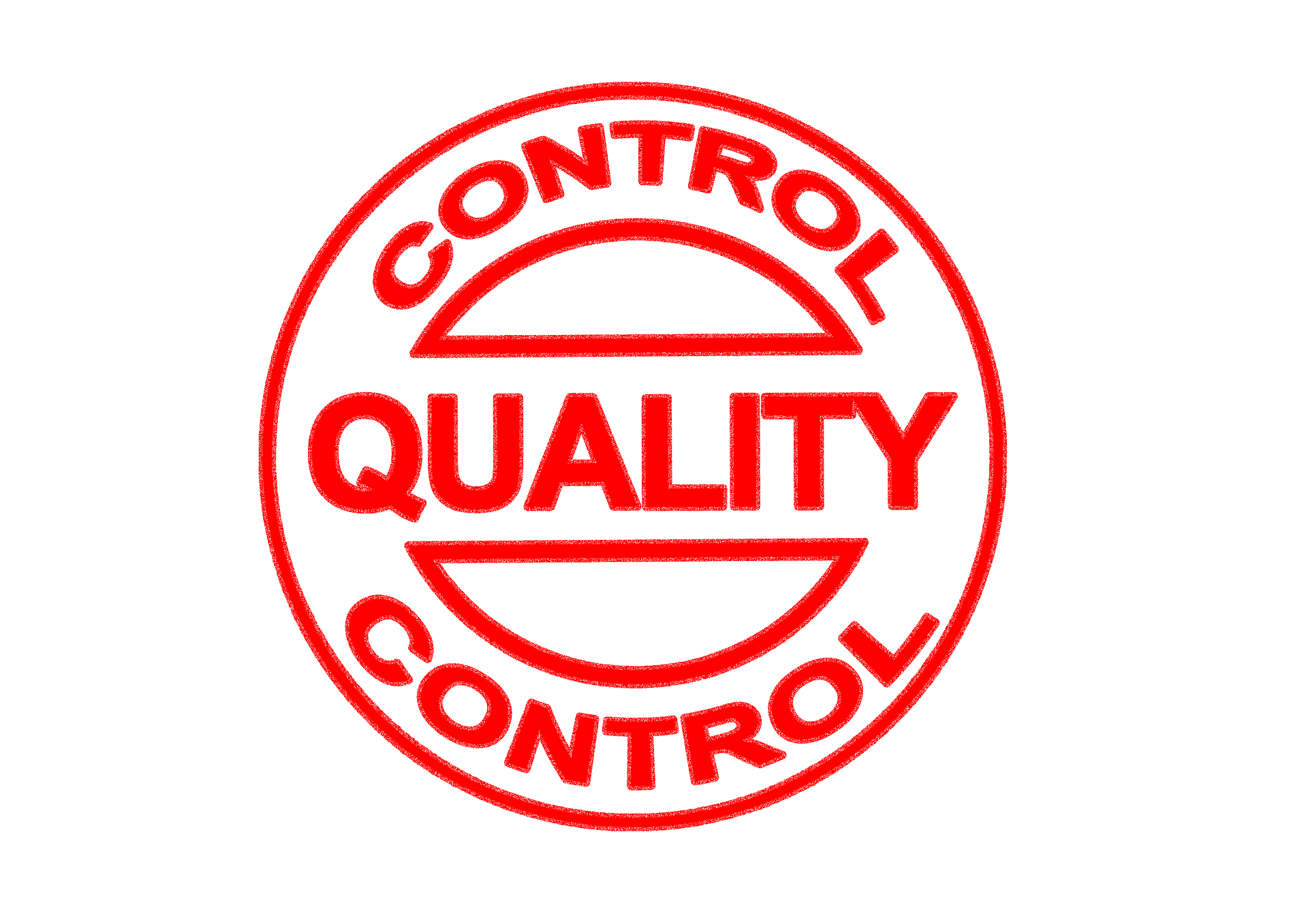In project management, ensuring quality is paramount to achieving successful outcomes. The Cost of Quality (CoQ) is a critical metric that helps organizations quantify the financial impact of producing high-quality products and services versus the cost of failing to do so. Within the PMBOK 7 framework, understanding and effectively measuring CoQ can lead to enhanced project performance, better resource allocation, and improved stakeholder satisfaction. We will explore key Cost of Quality metrics and their relevance in the context of PMBOK 7.
Understanding Cost of Quality
Cost of Quality can be defined as the total costs incurred to prevent defects, appraise quality, and address failures. It is typically categorized into four main components:
- Prevention Costs: Expenses incurred to prevent defects from occurring, including training, quality planning, and process controls.
- Appraisal Costs: Costs associated with measuring and monitoring activities to ensure quality, such as inspection, testing, and audits.
- Internal Failure Costs: Costs resulting from defects that are identified before the product or service is delivered to the customer, including rework, scrap, and re-inspection.
- External Failure Costs: Costs incurred when defects are discovered after delivery to the customer, encompassing warranty claims, returns, and loss of reputation.
These components highlight that investing in prevention and appraisal can lead to significant savings by reducing failure costs.
Cost of Quality Metrics in PMBOK 7
The PMBOK 7 (Project Management Body of Knowledge) framework emphasizes value delivery and holistic project performance, which aligns well with the principles of Cost of Quality. Within this framework, several key metrics can be employed to measure CoQ effectively:
1. Defect Density
Defect density measures the number of defects relative to the size of the deliverable, often calculated as defects per unit of measurement (e.g., per thousand lines of code for software projects). This metric helps project managers understand the quality of their deliverables and the effectiveness of quality assurance efforts.
Relevance to PMBOK 7: By monitoring defect density, project managers can evaluate whether their prevention and appraisal costs are effective and if adjustments are necessary to improve quality.
2. Cost of Prevention vs. Cost of Failure
This metric compares the costs incurred in prevention and appraisal against the costs associated with internal and external failures. A higher ratio of prevention costs to failure costs indicates that the project is effectively investing in quality.
Relevance to PMBOK 7: This metric aligns with the PMBOK 7 focus on value delivery by demonstrating how proactive quality management can reduce the overall costs associated with project failures.
3. First Pass Yield (FPY)
First Pass Yield measures the percentage of products or services that meet quality standards without requiring rework. It is calculated as the ratio of units produced correctly the first time divided by the total units produced.
Relevance to PMBOK 7: A high FPY indicates effective quality control and prevention practices, supporting the PMBOK 7 principle of delivering value by reducing waste and rework.
4. Return on Quality (ROQ)
Return on Quality measures the financial return generated from quality-related investments, typically calculated as the increase in profit attributed to quality improvements divided by the cost of those improvements.
Relevance to PMBOK 7: This metric emphasizes the business value of quality initiatives, supporting decision-making regarding resource allocation for quality management activities.
5. Customer Satisfaction Index
This metric assesses customer satisfaction levels through surveys, feedback, and Net Promoter Scores (NPS). High customer satisfaction often correlates with effective quality management and low external failure costs.
Relevance to PMBOK 7: The Customer Satisfaction Index reflects the ultimate success of a project in delivering value to stakeholders, aligning with PMBOK 7’s focus on meeting stakeholder needs.
Implementing Cost of Quality Metrics
To effectively implement CoQ metrics within the PMBOK 7 framework, project managers should follow these steps:
1. Define Quality Objectives
Establish clear quality objectives at the project outset, outlining the expected standards for deliverables and the CoQ metrics that will be used to measure success.
2. Collect Data Regularly
Regularly gather data related to CoQ metrics throughout the project lifecycle. This can involve monitoring defect rates, conducting inspections, and soliciting feedback from stakeholders.
3. Analyze and Adjust
Continuously analyze the data collected to identify trends and areas for improvement. If certain metrics indicate a higher-than-expected cost of failure, project managers should adjust their quality management strategies accordingly.
4. Engage Stakeholders
Communicate CoQ metrics and their implications to stakeholders, fostering a culture of quality awareness within the project team. Engaging stakeholders helps to ensure buy-in and accountability for quality outcomes.
Challenges in Measuring Cost of Quality
While measuring Cost of Quality is essential, project managers may face several challenges:
- Data Collection: Gathering accurate and comprehensive data can be time-consuming and may require additional resources.
- Resistance to Change: Team members may resist adopting new quality measures, particularly if they perceive them as adding to their workload.
- Integration with Existing Processes: Integrating CoQ metrics into established project management processes may require adjustments to workflows and practices.
To overcome these challenges, project managers should emphasize the benefits of CoQ metrics, including improved quality, reduced costs, and enhanced stakeholder satisfaction. Providing training and resources can also help mitigate resistance and facilitate smoother implementation.
Conclusion
Measuring the Cost of Quality within the PMBOK 7 framework is essential for achieving project success and delivering value to stakeholders. By employing metrics such as defect density, prevention versus failure costs, First Pass Yield, Return on Quality, and customer satisfaction, project managers can gain valuable insights into their quality management practices. As organizations increasingly recognize the importance of quality in project delivery, effective CoQ measurement will become a critical component of project management success. By prioritizing quality, project managers not only reduce costs but also enhance the overall performance and reputation of their project.
Views: 0




Leave a Reply